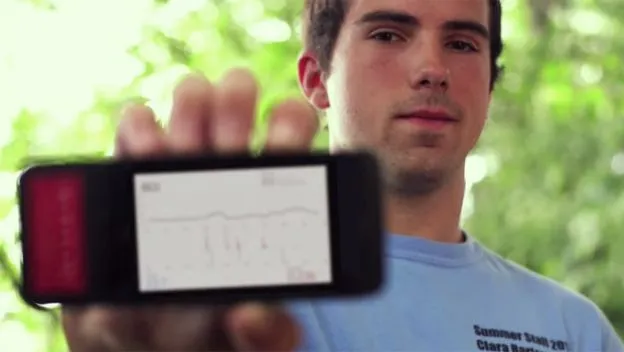It sounds like science fiction, but the reality is that the development of an artificial pancreas that monitor the glucose level of people suffering from type 1 diabetes is much closer than it seems, with phase research projects already of clinical trials in clinical trials inThe United States, Australia or even Spain.
Edward Damiano, biomedical engineer at Boston University, heads one of the most promising projects.He started the project after his son was diagnosed with type 1 diabetes - the least common of all - with only 11 months, which forced him to closely monitor his blood sugar level especially during the nights to avoid the dreaded hypoglycemia.
Damian's team, in collaboration with the Massachusetts General Hospital, has developed an artificial pancreas that controls the patient's blood sugar level every five minutes with the help of a smartphone and manages the necessary dose of insulin or glucagon, imitating imitatingA normal pancreas.
The device has already passed several essays with diabetics, the last one only a few months ago when 20 adults lent themselves to use this artificial pancreas for five days when they largely managed to continue their daily routine.It was a success, like the camps organized by the University of Boston the last two summers in which the device was tested in children and adolescents, monitored at all times by this artificial pancreas and a team of professionals.
The artificial pancreas of the University of Boston is composed of a small terminal that monitors the glucose level, an iPhone that receives that data every five minutes and uses an algorithm to determine the exact amount of insulin or glucagon -the hormone that counteracts-that the patient needs, and two small infusion pumps that manage the hormone.
In total, the Damian artificial pancreas monitors and regulates the blood sugar level up to 288 times a day, a very high figure that could allow diabetics to significantly improve their quality of life.
However, not everything is good news.
First because the device is somewhat uncomfortable for patients, who must load at all times with the three components of the device.And above all, due to doubts about the administration of glucagon, unusual in both people with diabetes and without it, since its side effects are unknown.
In recent years the career has been exacerbated to develop an efficient, comfortable and universal artificial pancreas for diabetics.A team of Australian researchers presented a few months ago Princess Margarita Hospital of Perth another artificial pancreas model, more similar to an intelligent insulin pump that incorporates a sensor that detects 30 minutes in advance the exact moment in which the level of the level ofglucose and manage the necessary doses of insulin to avoid the dreaded hypoglycemia.
The device costs about 7,500 euros and has an approximate half -life of four years.

In Spain, a team formed by the Barcelona Clinic, the upper technical escala of the University of Girona (UDG), the Polytechnic University of Valencia (UPV) and the Institute of Health Research of the University Clinical Hospital of Valencia (Incliva) works inAnother artificial pancreas, also in the test phase.
The isism would be able to respond to both descent and sugar increases with special attention to the moments after meals, when peaks can occur at glucose levels that must be taken into account to avoid excessive insulin infusion thatcan cause hypoglycemia.
[Source: NIH]







